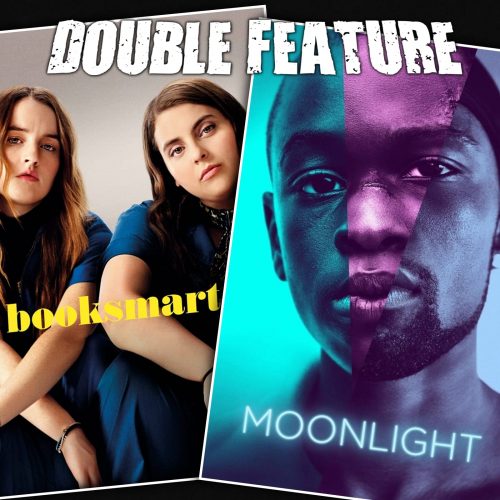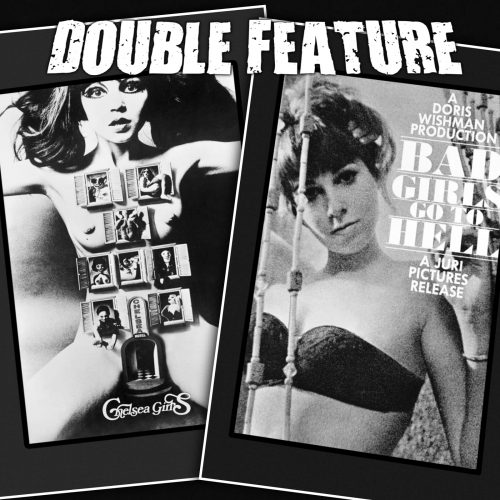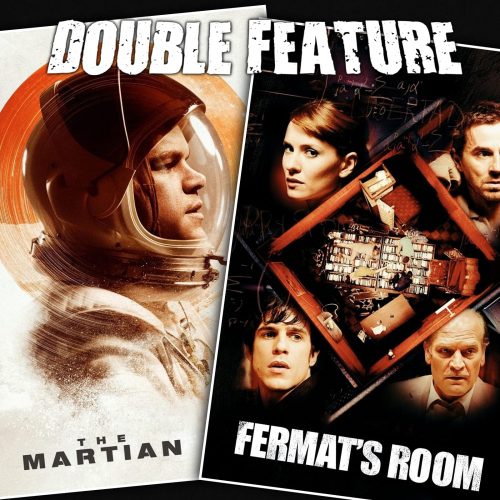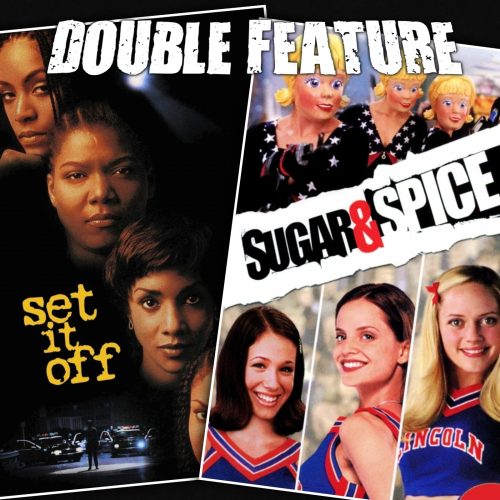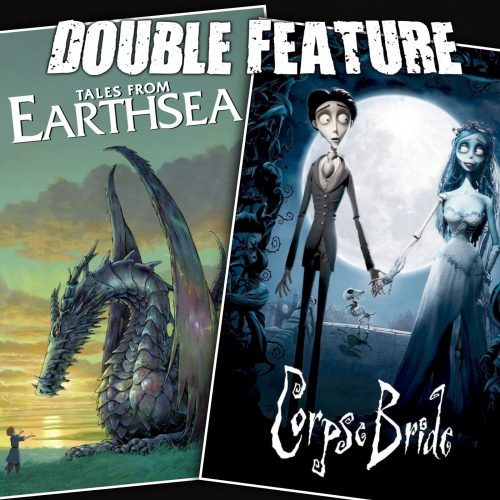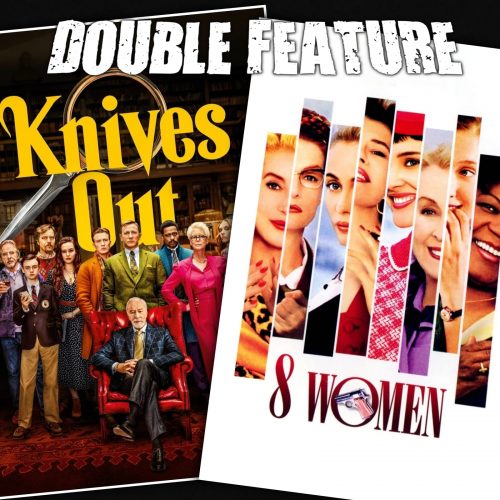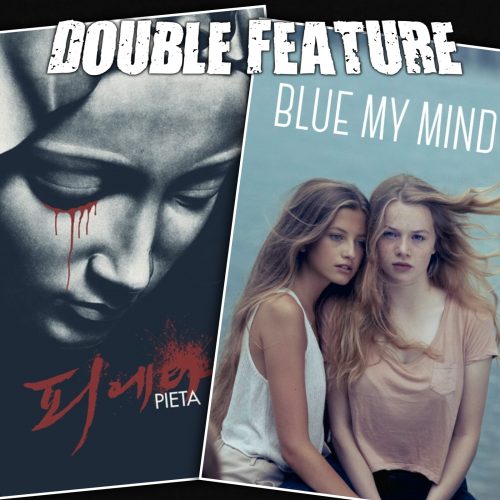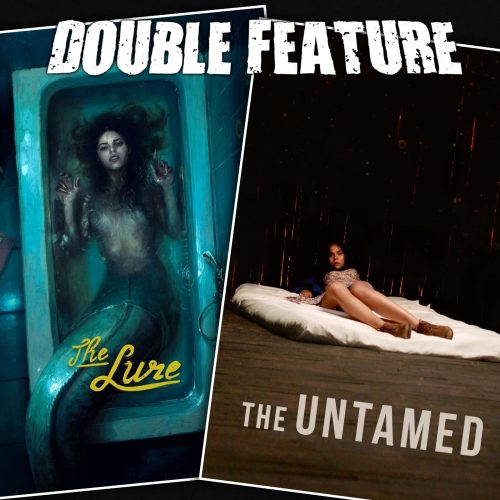
Art-smut! Tentacles and sea-foam reign as Double Feature continues to live deliciously. The Lure find another coming of age use for genre metaphor. What are the rules of the world in The Lure and more importantly, to what ends are they used? Alice makes a stretch for trans-themes and honestly give it a go. What the ending of The Lure could me for audiences and also teenage girls. The Untamed from the tentacle’s perspective. Who are the players and how are their stories intermingled? Homophobia, repression, guilt and shame. No one shame this tentacle though, it’s doing its best. Character mysteries once the plot is settled. Continue reading

